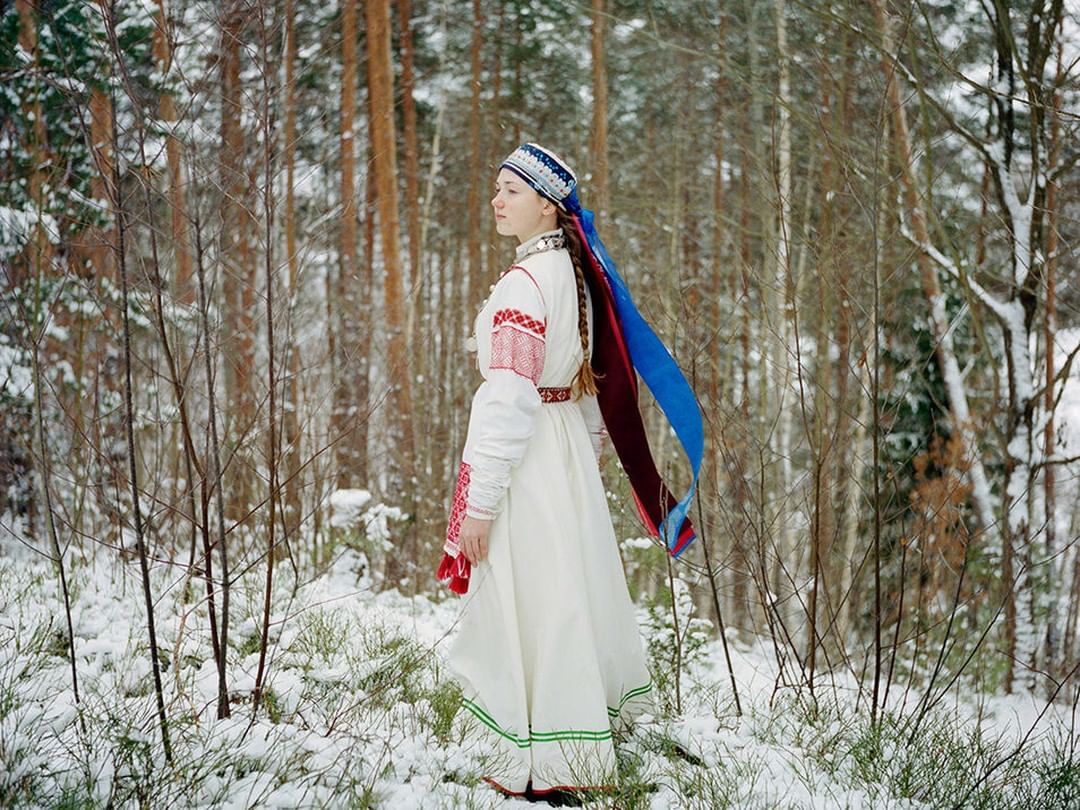
Launched at visapou
News date : 2019 - 09 - 07
Launched at @visapourlimage photojournalism festival, @inlandstories is a new co-operative of 13 talented photographers embracing the changing photographic landscape and making it their own. “Our job is indeed changing. We have chosen to adapt to it and to find out for ourselves what it can become,” co-founder @ melaniewenger pictures told @samreinders, who is blogging about @visapourlimage on #PDNPOTD. Hit the link in our bio to learn more about this new collective. [Photo: “Setomaa, a kingdom on the edge.” © @jeremie.jung]
Setomaa is a region that was proclaimed as a kingdom in 1994 by the Seto, a Finno-Ugric group, to revitalize and affirm their identity, after the restoration of Estonian independence in 1991. The Setomaa culture has been weakened over time by the Estonia-Russian border, which severs the region, and by nearly half a century of Soviet control of Estonia.
In Obinitsa village, Estonian side of Setomaa (February 2015), a young Seto girl named Liisi Lõiv wears a traditional costume in her grandparents' garden. Seto women typically have both an old costume and a new one. This is an older one—white, with long, rolled sleeves. The clothing reveals other details too. A married woman must cover her hair, while an unmarried young woman or girl like Liisi will wear only a garland or a headscarf, leaving her long braid visible. Today Setos wear their traditional clothes only on special occasions. Liisi says she embroidered this costume herself. "I'm proud of being Seto,” she says. “It is where I come from, where I grew up."
------------
